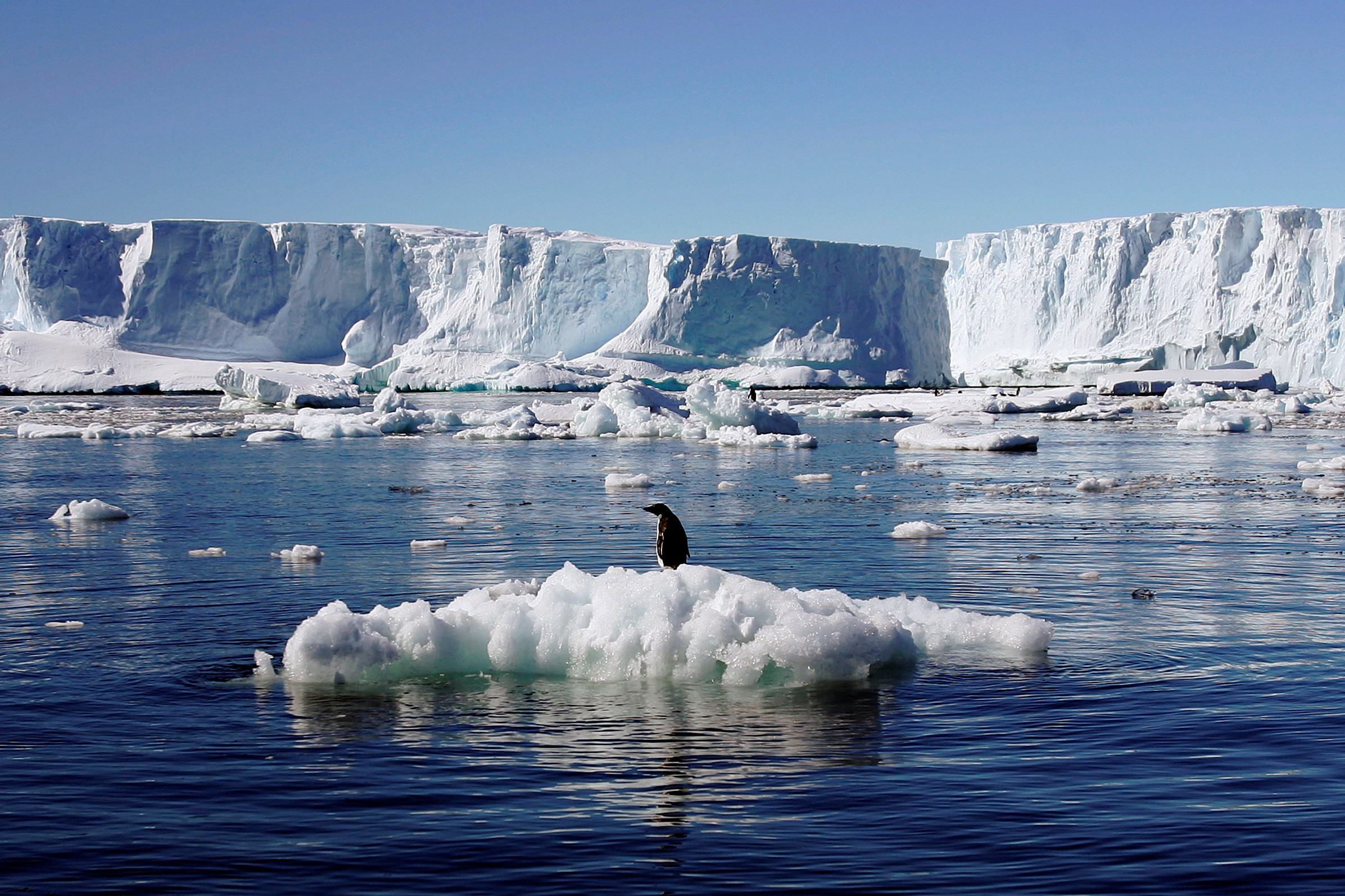The Cry of the Earth: Melting Ice Caps and the Impending Climate Crisis
Introduction
As our planet warms at an alarming rate, the consequences of climate change are becoming increasingly evident. One of the most dramatic and concerning manifestations of this global crisis is the melting of ice caps and glaciers. These frozen giants, once thought of as immutable, are now retreating at an unprecedented pace, posing a grave threat to our environment, ecosystems, and the future of humanity. In this article, we will delve into the causes and consequences of ice cap melting and explore what this means for our planet and its inhabitants.
The Causes of Ice Cap Melting
Rising Global Temperatures: The primary driver of ice cap melting is the rise in global temperatures resulting from the accumulation of greenhouse gases, such as carbon dioxide (CO2) and methane (CH4), in our atmosphere. These gases trap heat from the sun, creating a "greenhouse effect" that leads to an overall increase in temperature, especially in polar regions.
Feedback Loops: The melting of ice caps contributes to a vicious cycle known as feedback loops. As ice caps and glaciers melt, they expose darker surfaces like open water or rock, which absorb more heat than the reflective ice. This increased heat absorption accelerates further melting, leading to a self-reinforcing cycle.
Ocean Currents: Melting ice caps can disrupt global ocean currents, which play a crucial role in regulating climate. Changes in these currents can have far-reaching consequences, including altered weather patterns and sea-level rise.
The Consequences of Ice Cap Melting
Rising Sea Levels: Perhaps the most immediate and dire consequence of ice cap melting is the rise in sea levels. As ice caps and glaciers melt, they release freshwater into the ocean, causing sea levels to rise. This can lead to coastal erosion, increased flooding, and the displacement of millions of people living in low-lying coastal areas.
Disruption of Ecosystems: Ice-dependent ecosystems, such as those in the Arctic and Antarctic, are facing severe disruption. Species like polar bears, penguins, and seals are struggling to adapt to rapidly changing environments, which can have cascading effects on entire food webs.
Extreme Weather Events: Melting ice caps can alter weather patterns and contribute to more frequent and severe extreme weather events, including hurricanes, droughts, and heatwaves. These events can have devastating impacts on communities, agriculture, and infrastructure.
Global Climate Feedbacks: The release of methane, a potent greenhouse gas, from thawing permafrost and melting Arctic sea ice could trigger additional climate feedbacks, intensifying global warming even further.

Solutions and Mitigation
Addressing the melting of ice caps requires urgent and concerted efforts at both the individual and global levels. Here are some key steps:
Reducing Greenhouse Gas Emissions: We must drastically reduce our reliance on fossil fuels, promote renewable energy sources, and implement energy-efficient technologies to curb greenhouse gas emissions.
Protecting Polar Regions: Establishing and expanding protected areas in polar regions can help conserve vulnerable ecosystems and species while allowing scientists to study the impacts of climate change.
International Cooperation: Climate change is a global challenge that demands international cooperation. Nations must work together to set and achieve ambitious emission reduction targets.
Adaptation Strategies: Coastal communities and governments must develop and implement adaptation strategies to cope with rising sea levels and the increased risk of extreme weather events.
Conclusion
The melting of ice caps serves as a stark reminder of the urgent need to address climate change. The consequences of this phenomenon are already affecting ecosystems and communities around the world. To mitigate the impacts of melting ice caps and avert further climate catastrophe, we must take bold and immediate action to reduce greenhouse gas emissions, protect vulnerable regions, and adapt to the changes that are already underway. The fate of our planet and future generations hangs in the balance, and it is up to us to make a difference.

